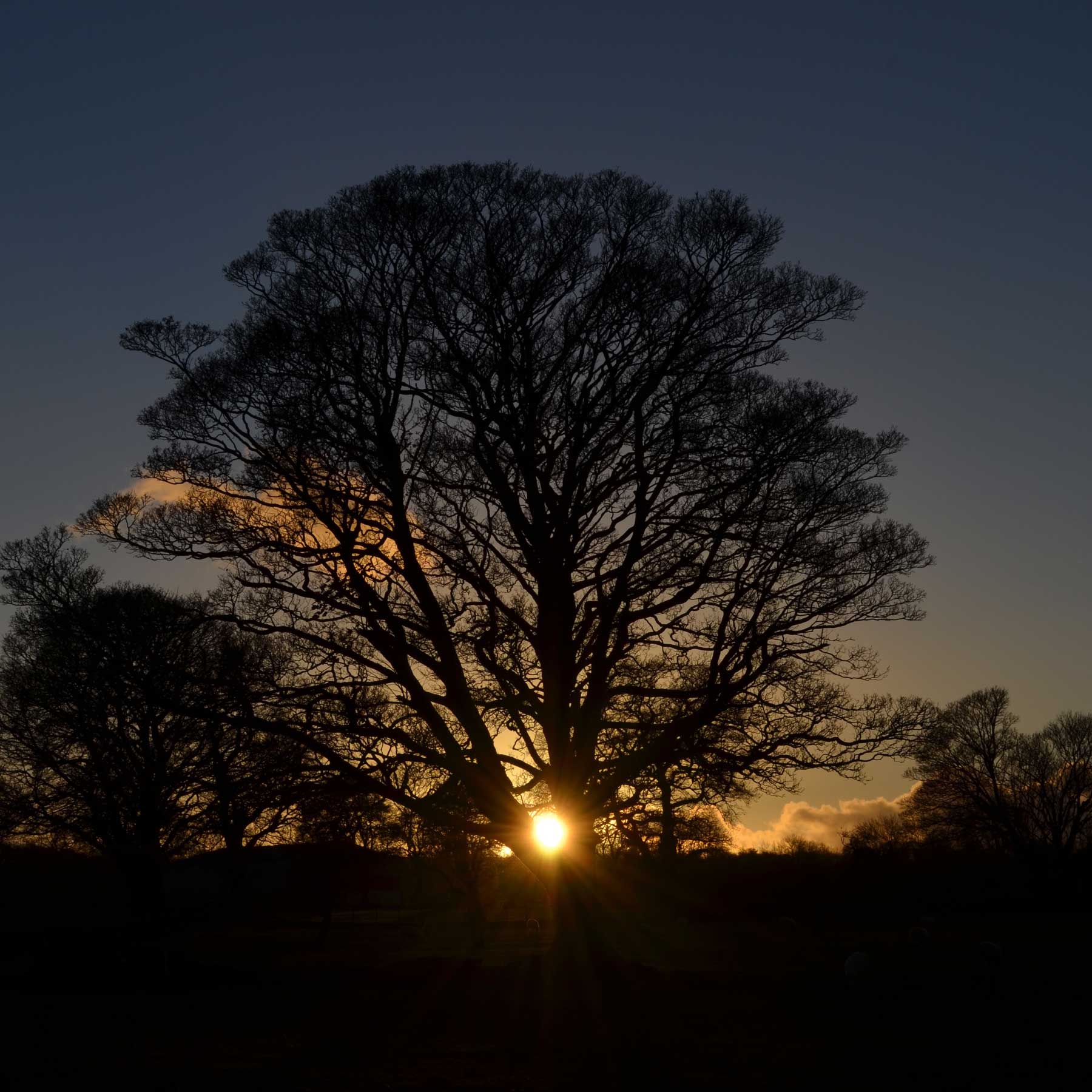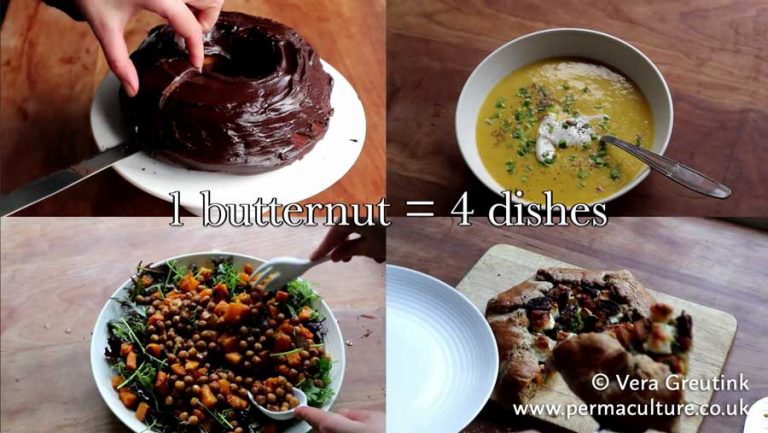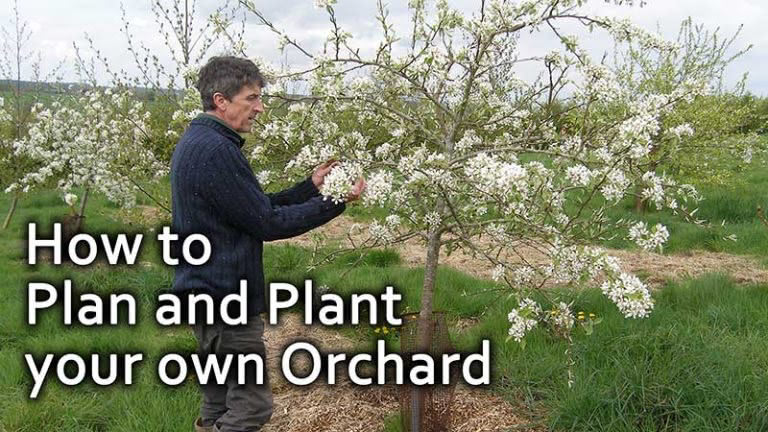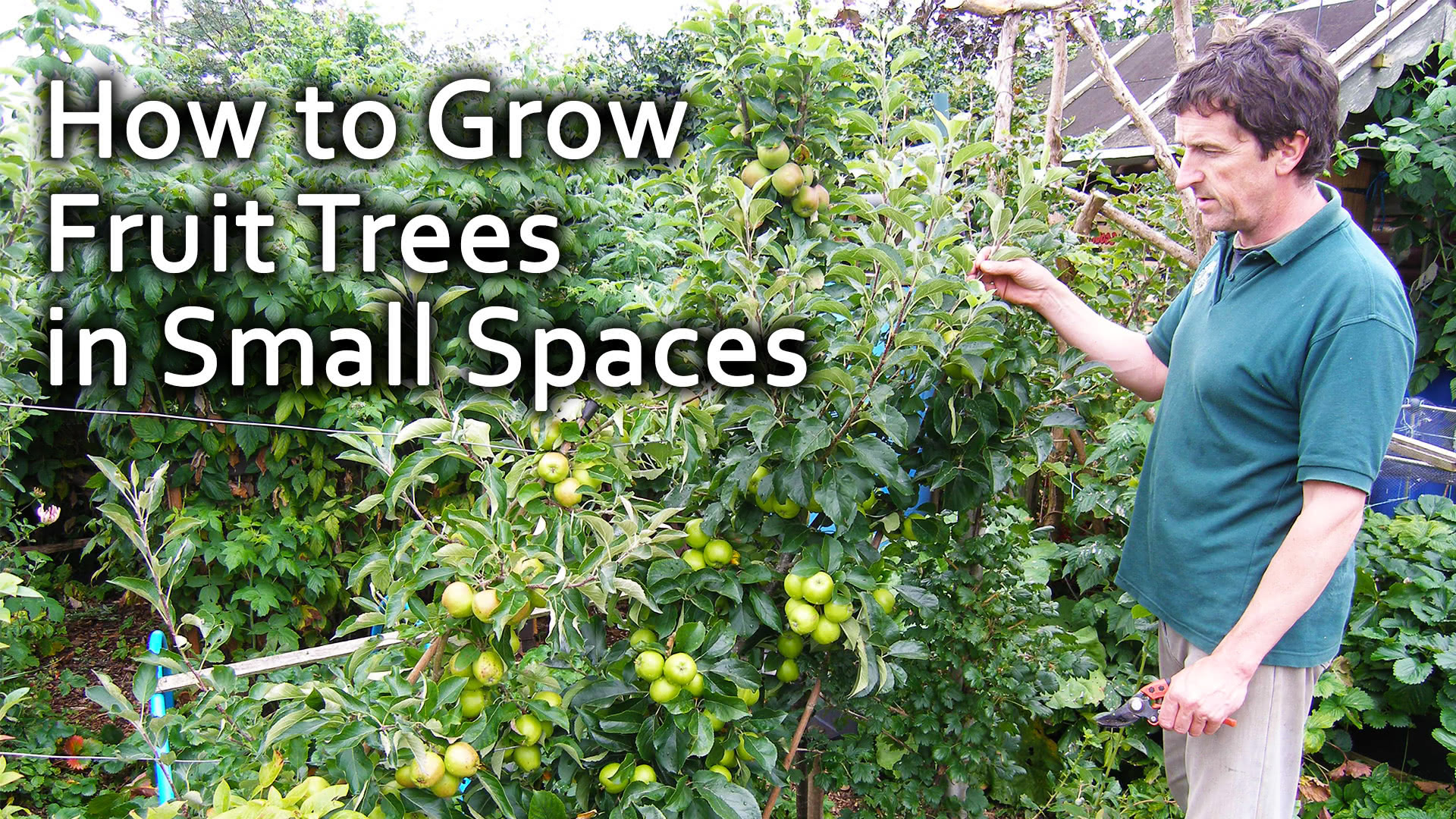As I write this review from my home in Italy, the whole country is in lockdown for the Covid-19 pandemic. These days of forced isolation at home have really opened my eyes to how fragile our lives are in terms of food, medicines and wellbeing.
This new book by Martin Crawford comes to the rescue, Shrubs for Gardens, Agroforestry and Permaculture, which will give the reader all the knowledge needed to choose those plants that can make our lives easier and more beautiful. In these difficult times, we understand how much we have to build a resilient food and medicinal system, whether it is in our gardens or in a public community project. Now is time to sow seeds and plant.
But what should we choose? First thought goes to trees, fruit trees or nuts, but there is also an entire complex world of understorey shrubs that give us an incredible opportunity to be creative and diverse. Shrubs can be quite large even if we think they are all small bush-like plants. The diversity we can choose from reading this book will take us on a journey of abundance with different uses, from fruits and nuts, to edible leaves or other parts. There can even be shrubs that act as service plants growing fertility for other species, or as attractants for pollinators and birds. Then there are shrubs we can choose for their beauty; yes we need to become stewards of beautiful ecosystems, we need beauty!
Plants can be useful in many ways and the first is for the calmness they share and inspire. Sit in the shade of a tall shrub or close to a hedge and you will feel what I am speaking of. Now that spring is coming, you will experience the serenity of Nature.
Martin Crawford covers nearly 80 species, each shrub or shrub group has specific information on its origin and history, description, uses, varieties and pest and diseases, all accompanied by beautiful photos. One can choose from more common shrubs like berries and roses, to the less known saltbush, and tea tree.
The second part of the book describes how to choose shrubs by climate zone and types, and divides them into clear lists for every climate.
This is the second title in a series of books Martin has published with Permanent Publications. As gardeners or permaculture designers, this title will be of great interest and use. It will inspire us to search for interesting species, to explore how to diversify our diets, and even simply to be filled with the beauty of a beautiful spring flowering.
Martin Crawford has 30 years of experience in studying plants, understanding their uses and experimenting. He set up the Agroforestry Research Trust, a charity of which he is director. Over the years he has worked on a 20 acre site, on various projects, concentrating on trees, shrubs and perennials. His experience on shrubs is condensed in the pages of this book.
We can decide to passively watch our world change, not listening to the call made by scientists and keep on living as before, or we can decide to act now from our gardens and from our communities planting and seeding shrubs, trees and perennials to sequester carbon, grow food, and grow resilience. Today is our tomorrow if we start growing our future.











